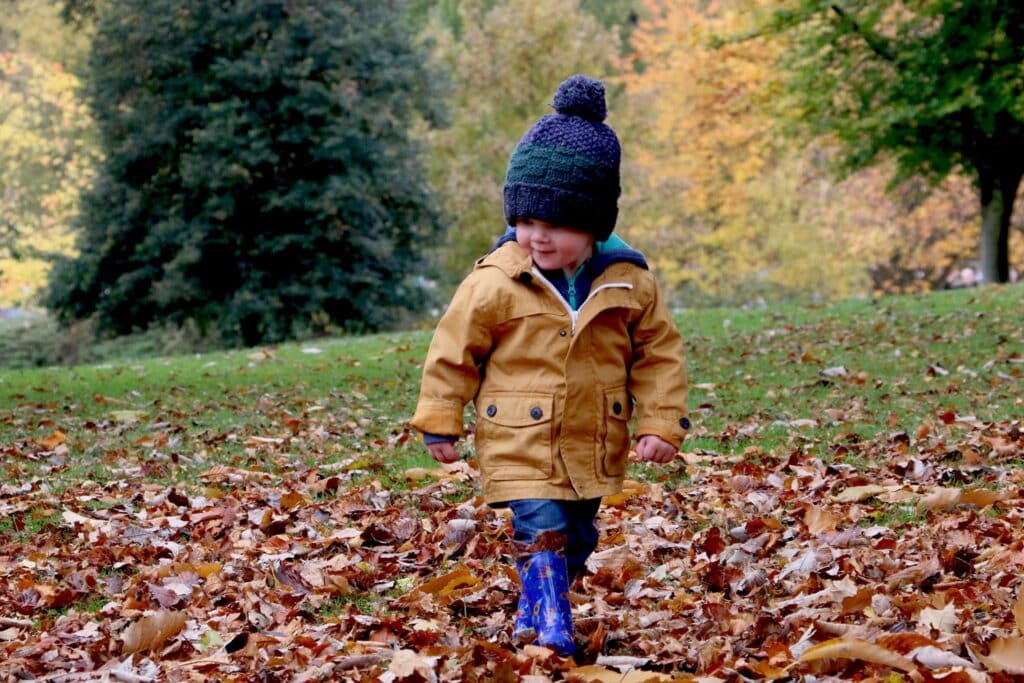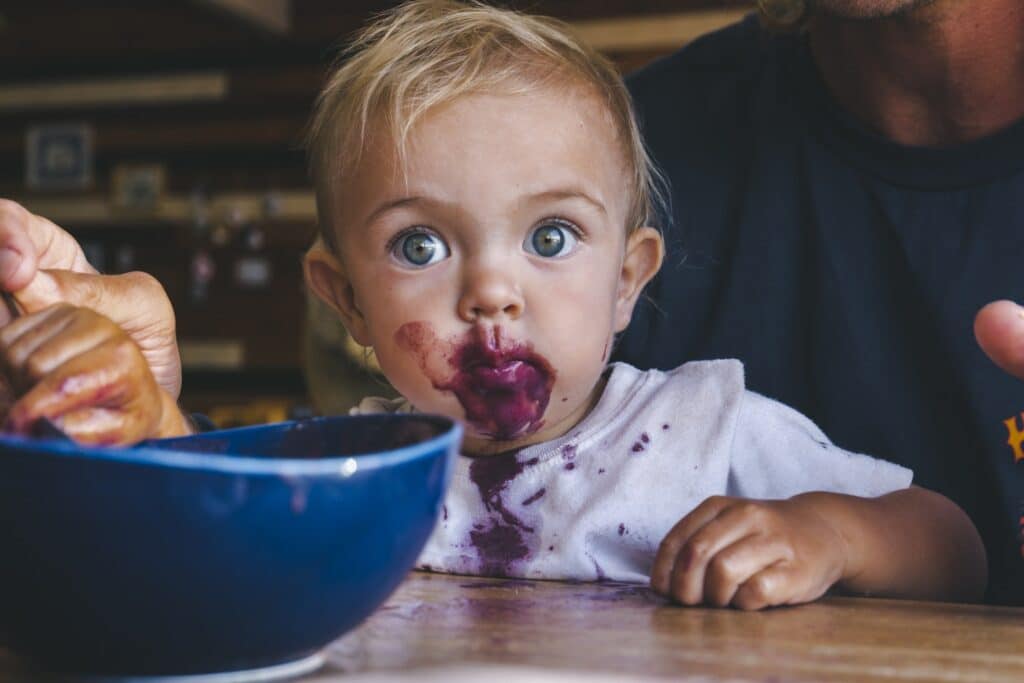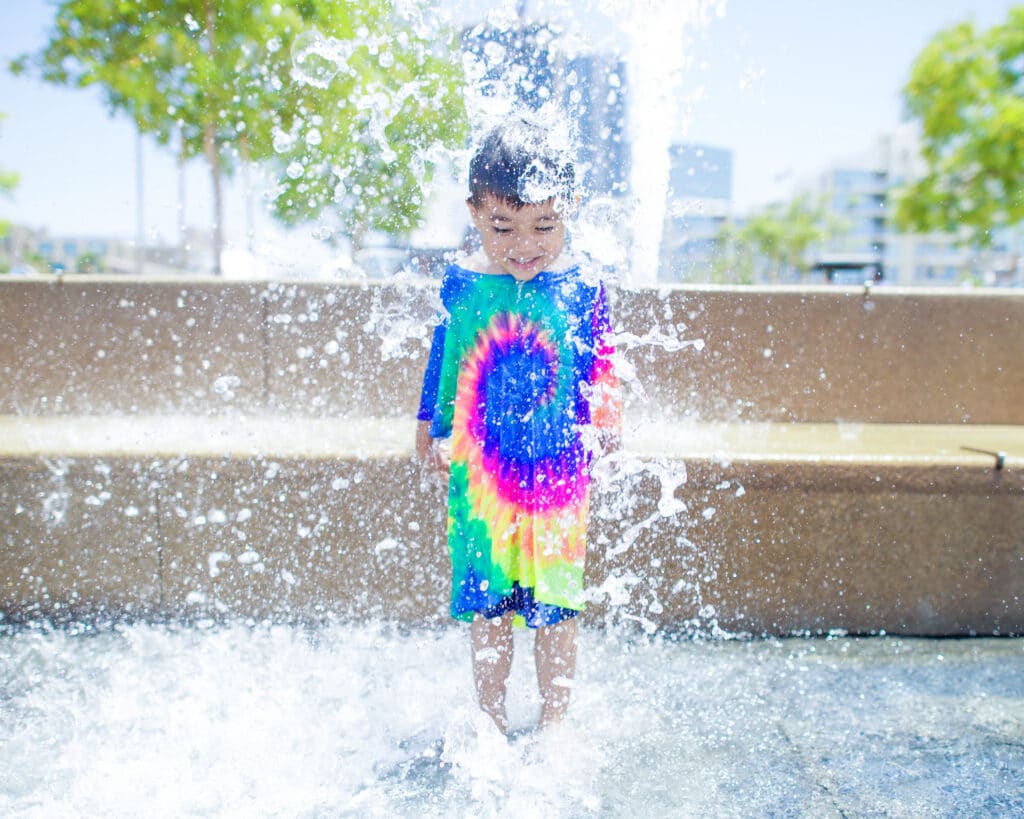Cooking With Kids for Thanksgiving

Cooking with kids around the holidays is a fun activity that many parents and children enjoy doing together. Encouraging cooking skills is a great way to support a child’s independence and prepare them for adulthood. Performing tasks such as scooping, kneading, cutting, chopping, and shredding are great ways to develop fine motor skills and coordination. In addition, following a recipe teaches children how to follow directions and sequence steps. Some tips for cooking with your children this Thanksgiving include:
Cold Weather Clothing

The leaves have begun to fall and it’s time to dig out the long sleeves, pants and jackets. For a kid who struggles with sensory processing, especially tactile defensiveness, this time of year may cause increased stress and anxiety. For a child on the Autism spectrum or with other tactile difficulties, tags, textures and seams may cause complete meltdown. Luckily many clothing brands have recognized this difficulty and have attempted to ease the transition between seasons.
Say Yes to the Mess

A child’s job is to play and, guess what? They LEARN through play. Learning through play does not only mean playing with toys. It means allowing your child to play with food, too. Why is this important? It is important because eating is one of the most complex activities we do as humans. It involves ALL of our senses-sight, smell, touch, sound, and taste and even our “hidden sense” of proprioception as we grade how much force to use when grasping food. There are 2 other “hidden senses” in addition to proprioception (vestibular, interoceptive) that are also involved, but we can save talking about those in more detail for another day. By allowing your child opportunities to play with and explore a variety of foods, the more you are EXPOSING them to the sensory aspects of the food. Over time, EXPOSURE leads to ACCEPTANCE.
Tips and Tricks for Summer with kids who have Sensory Processing difficulties

For many kids summertime is full of exciting experiences from the sand on the beach to the
fireworks on the fourth of July however certain summertime experiences can be challenging for
kids with sensory processing difficulties. A messy ice cream cone, a loud amusement park, or an
unfamiliar playground could be overwhelming to a child who may have certain sensitives to
sensory stimuli. With some preparation and planning, you can help make summertime enjoyable
and fun for your child with sensory processing difficulties.
Sensory Processing Disorder (SPD)

Sensory Processing Disorder (SPD) is a condition that affects how your brain processes sensory stimuli. Children with SPD will either overreact or under-react to sensory stimuli. There are 3 major patterns of SPD including Sensory Modulation Disorder (SMD), Sensory-Based Motor Disorder (SBMD), and Sensory Discrimination Disorder (SDD).
What is Ayres Sensory Integration®?

Sensory integration is essential for everyday function. It refers to the ability to receive, process, organize, and respond adaptively to information received through our senses. The integration of the various sensory systems contributes to higher-level functions (Ayres, 1979). In addition, efficient sensory integration contributes to the development of motor functions, such as praxis, bilateral integration, and postural and ocular control (Schaaf & Mailloux, 2015). Thus, when a child experiences challenges with sensory integration, it may impact participation in a variety of daily activities.
Living a “Sensory Rich” Lifestyle

What are some of the things that you do daily, in order to keep yourself engaged and focused during the day? Do you need to have a mid-day snack, coffee, or walk? Do you journal everyday or participate in yoga or breathwork? What about participating in a weight lifting or cycling routine? Are you a baker or cook? The above mentioned activities are actually all common methods that people use to self-regulate!
Sensory Bins!

Sensory bins are beneficial tools that provide children with the opportunity to learn and explore through tactile play. They can be made out of containers or tubs and are filled with specific items and materials that excite multiple senses at once. Sensory bins can be used as individual play to help a child become focused or during group play to allow children to improve their social and play skills.
You’re on a diet? NO, I’m on a “Sensory Diet”

When hearing the word “diet”, as a society, we immediately associate the word with eating healthier or limiting our intake of certain foods and beverages. For parents, when the term “sensory diet” is first introduced, a variety of questions of confusion and curiosity may come into play. Have no fear- this type of diet has […]
Motor Planning and Projected Action Sequences

Motor planning is used to learn new things until those activities become skills and do not require planning anymore.
